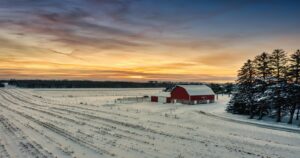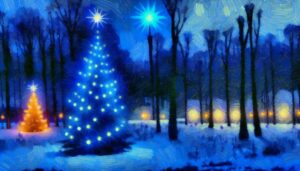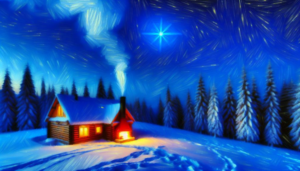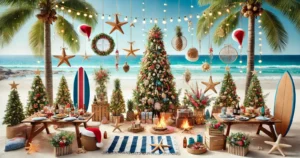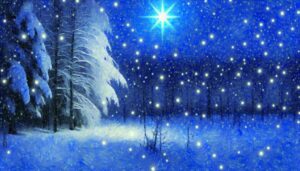The choice between a real and a fake Christmas tree depends on personal preferences, lifestyle, and environmental considerations. Real Christmas trees are harvested plants with a natural appearance, pleasant scent, and environmental benefits if sourced sustainably.
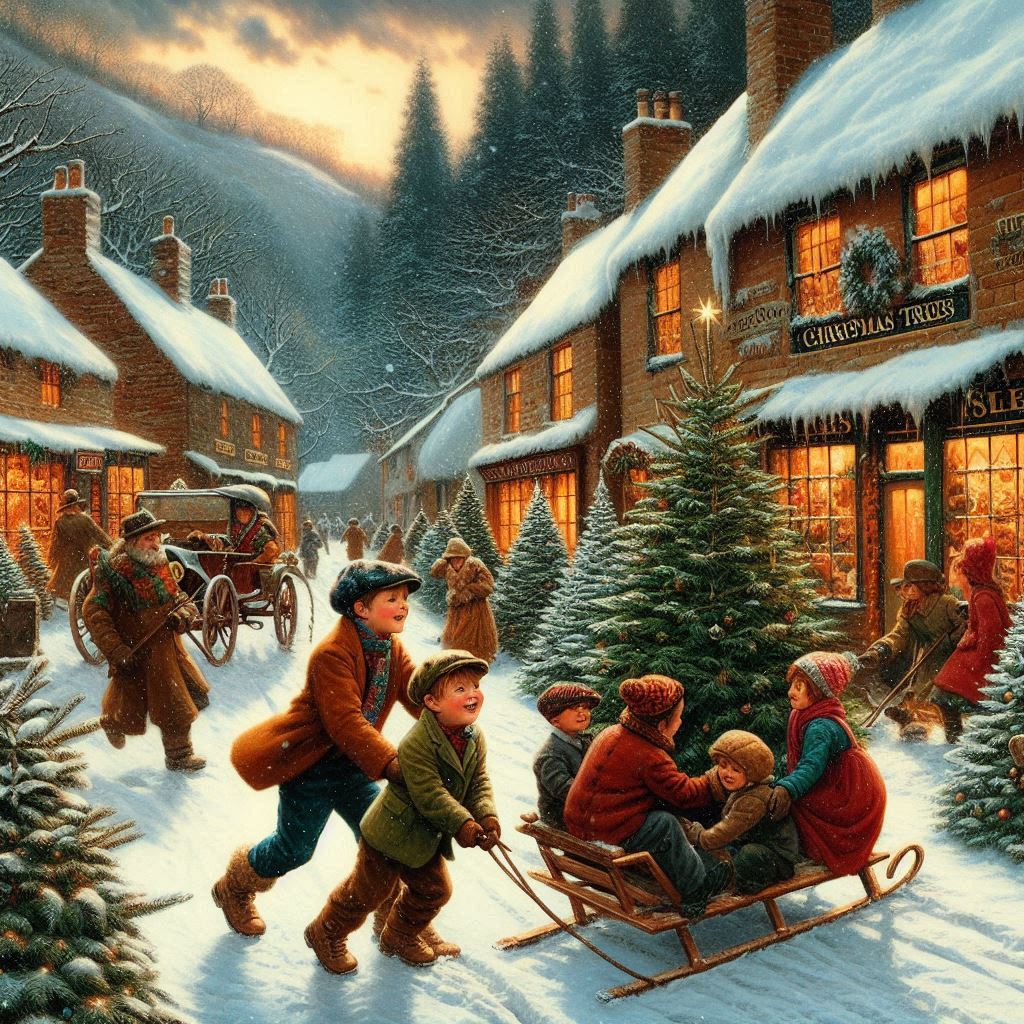
They have a limited lifespan and require maintenance. Fake trees are made of non-renewable materials, lack the natural variations of real trees, and can be more expensive upfront. However, they last for many years, require less maintenance, and can be more cost-effective in the long run. The choice between real and fake trees depends on personal preferences, environmental concerns, and lifestyle.
Advantages of fake Christmas trees versus real Christmas trees
| Fake Christmas Tree | Real Christmas Tree |
|---|---|
| Cost: One-time purchase; reusable for many years | Cost: Recurring annual cost |
| Low maintenance; no watering or shedding | Requires watering and cleaning up needles |
| Can last many years if stored properly | Typically lasts only a few weeks |
| Easy to set up and store | Must be bought fresh and disposed of annually |
| Hypoallergenic, no pollen or mold | Can trigger allergies in some people |
| Available in various styles, sizes, and colors | Limited to natural variations |
| Fire-retardant options available | Higher fire risk if dried out |
| No need for annual cutting of trees | Renewable resource, but involves cutting and transport |
| Can be pre-lit and pre-decorated | Requires manual decoration |
| Collapsible and easy to store | Storage not needed, but disposal required |
| No risk of bringing insects indoors | Possible to bring in pests with the tree |
| N/A (no natural pine scent) | Natural pine scent enhances holiday atmosphere |
| Made from recyclable materials (varies) | Biodegradable, supports local tree farms |
| Consistently perfect appearance | Natural and unique beauty of each tree |
List of differences between Real Christmas Trees and Fake (Artificial) Christmas Trees,
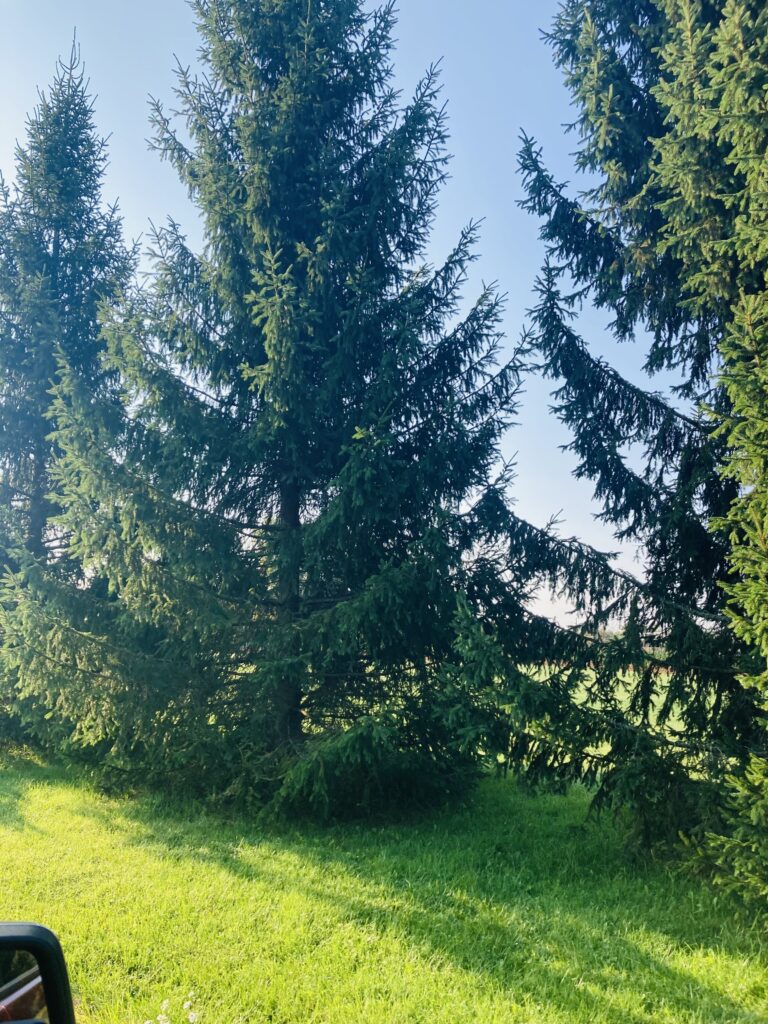
- Material: Natural trees (pine, spruce, or fir).
- Appearance: Natural look, with variations in color, shape, and size.
- Cost: Lower initial cost, but need to buy a new one each year.
- Durability: Perishable, will dry out and shed needles over time.
- Environmental Impact: Biodegradable, can be recycled into mulch.
- Setup and Cleanup: Requires more effort to set up, may leave needles behind.
- Allergies: Potential allergies to pollen or mold.
- Fire Safety: Can become a fire hazard if not properly maintained.
- Customization: Unique, choice of size, shape, and type.
- Storage: No need for storage, disposed of after use.
Fake (Artificial) Christmas Tree
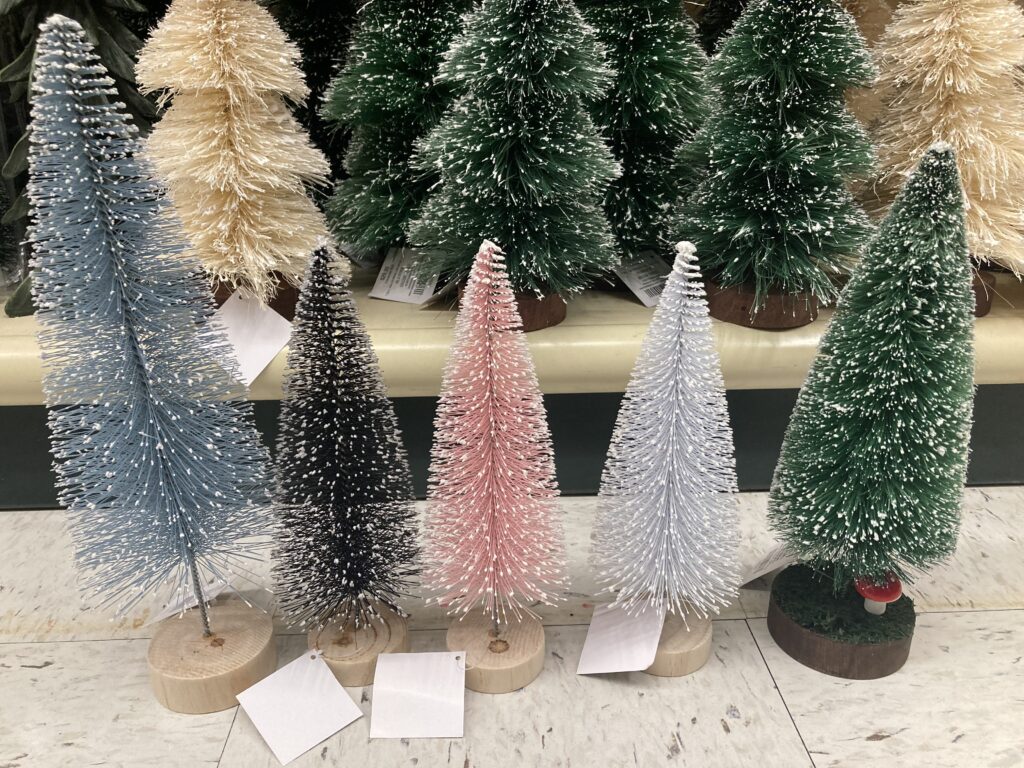
- Material: PVC or PE plastic.
- Appearance: Uniform appearance designed to mimic real trees.
- Cost: Higher initial investment, but can be used for many years.
- Durability: Designed for long-term use, can last for many years.
- Environmental Impact: Made from non-biodegradable materials.
- Setup and Cleanup: Relatively easy to set up and take down, no shedding.
- Allergies: Hypoallergenic, no natural allergens.
- Fire Safety: Generally considered safer, made of non-flammable materials.
- Customization: Wide range of styles, colors, and sizes available.
- Storage: Requires storage space when not in use.

Real Christmas Tree and it role in christmas
Authenticity and Tradition: Many people prefer real trees for their natural beauty and the traditional holiday experience.
– Authenticity and tradition are significant factors that influence people’s preference for real Christmas trees.
– Historical Significance: The tradition of bringing evergreen trees into homes and decorating them during the winter months dates back centuries. It has roots in various cultures and symbolizes life, rebirth, and hope during the dark and cold winter months.
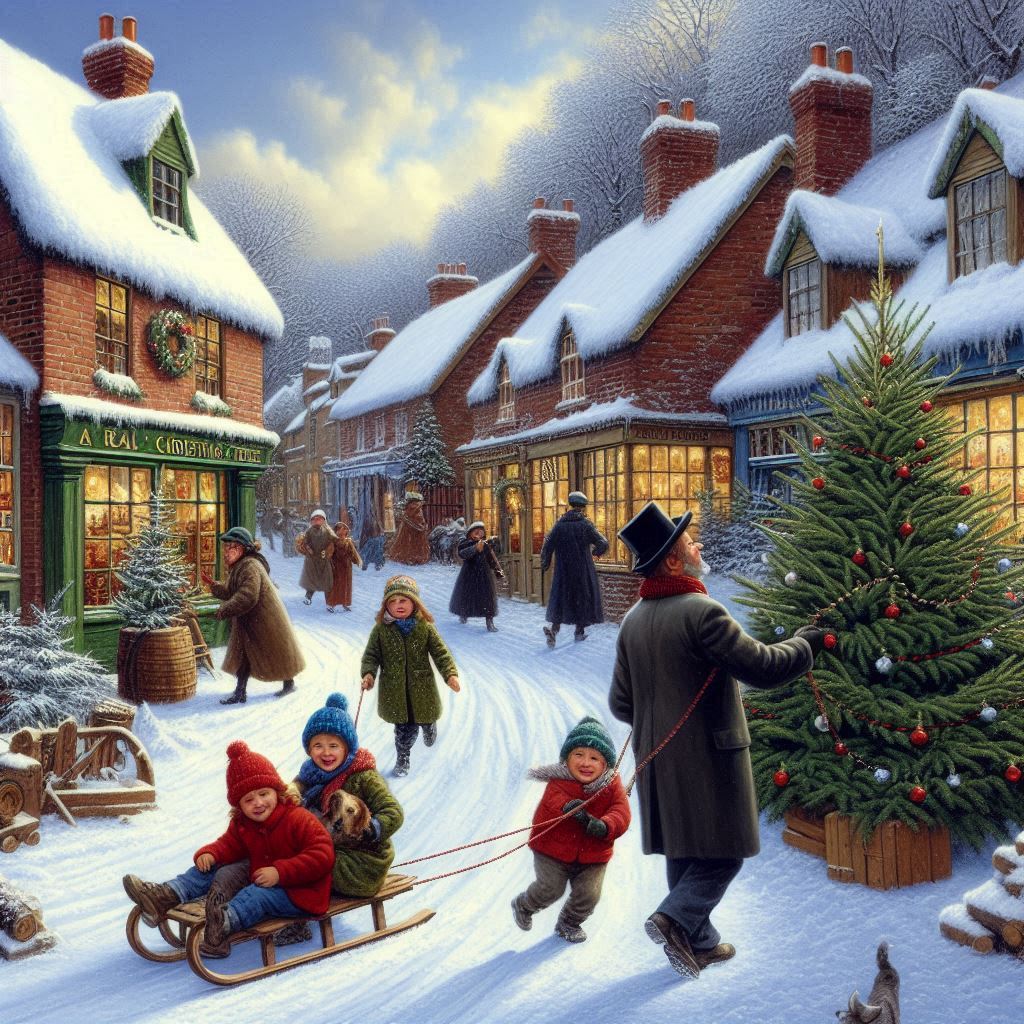
- Cultural and Religious Significance: In Christian traditions, the evergreen tree is often seen as a symbol of eternal life through Jesus Christ. The use of evergreen trees in Christmas celebrations has been documented as far back as the 16th century.
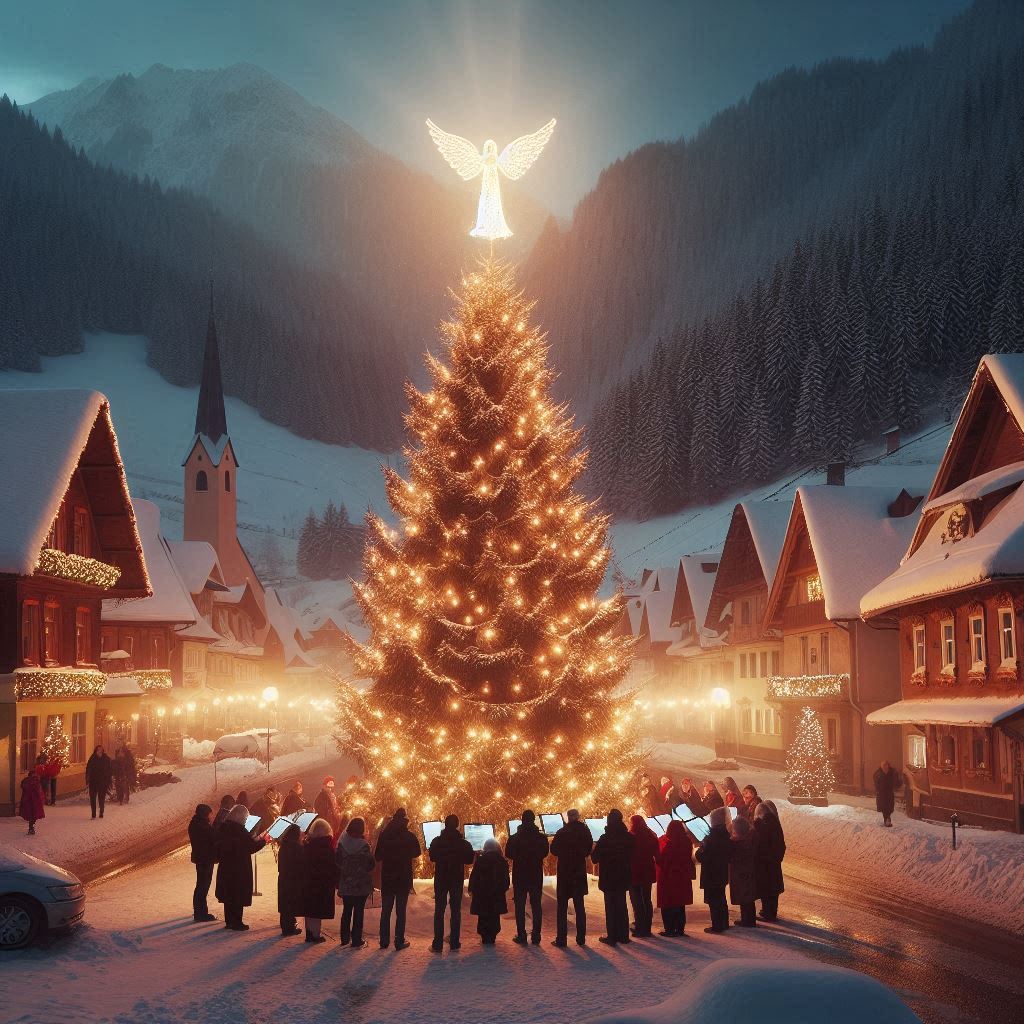
- Familial Bonds and Memories: For many families, choosing and decorating a real Christmas tree is a cherished annual event. It creates opportunities for bonding, making memories, and creating traditions that can be passed down through generations.
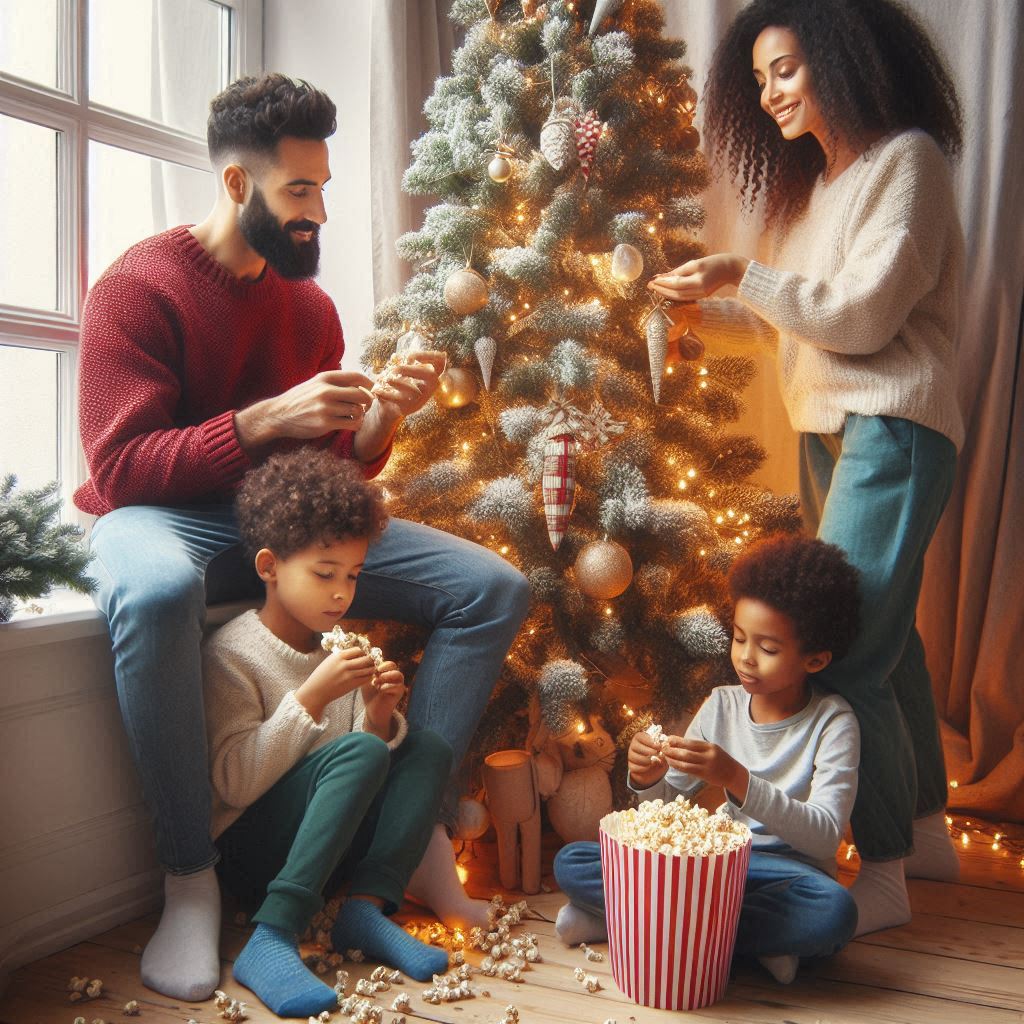
A Connection to Nature: Real trees bring a touch of nature into the home. The scent of pine or fir needles, the feel of the branches, and the sight of a living tree can create a sense of closeness to the natural world.
Local Economy Support: Purchasing a real Christmas tree often supports local tree farms and the communities they serve. This can be especially important in rural areas where tree farming is a significant industry.
Cultural and Regional Variations: Different types of evergreen trees are used for Christmas around the world, and each has its unique cultural significance. For example, in the United States, popular choices include Douglas fir, Fraser fir, and Scotch pine, while in Europe, the Nordmann fir is a common choice.
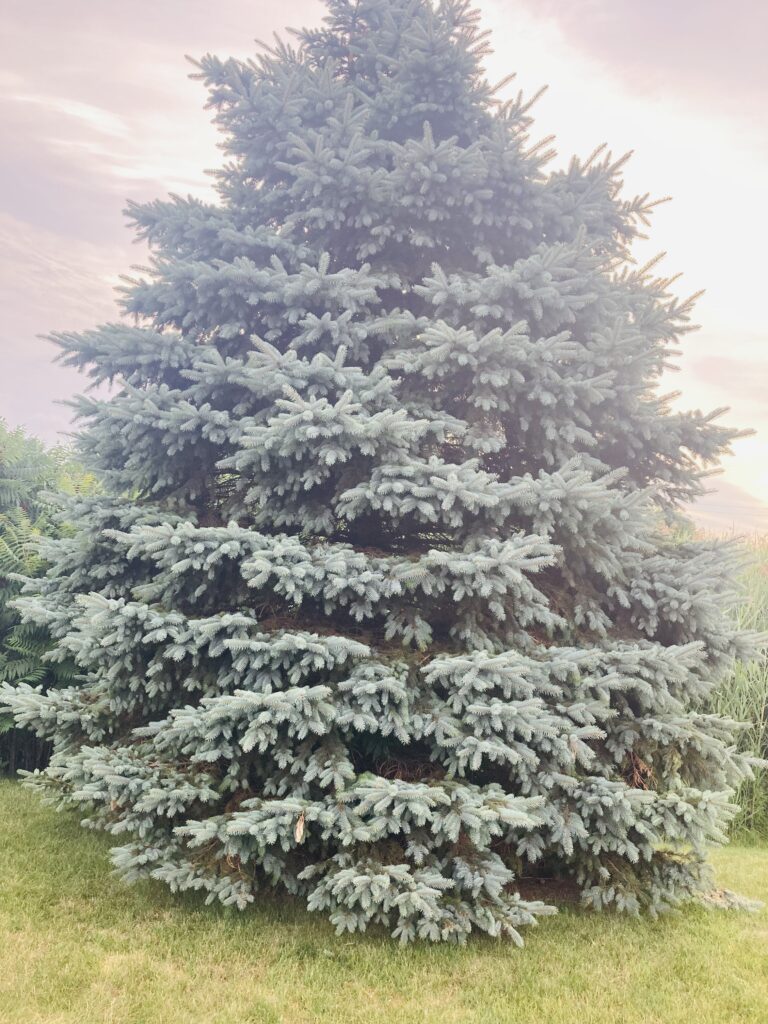
Photo taken Cicero New York
Special Events and Traditions: Many communities host special events like tree-lighting ceremonies, tree farms where families can choose and cut their own tree, and other holiday-related activities centered around the use of real trees.
Environmental Consciousness: Some people believe that using a real tree is a more sustainable choice, particularly if the tree is sourced from a local, sustainably managed tree farm. These farms grow new trees each year, contributing to a cycle of renewal.
Overall, the use of real Christmas trees is deeply intertwined with cultural, religious, and familial traditions. For many, the experience of selecting, decorating, and enjoying a real tree is an essential part of the holiday season.

Historical Significance:
Historical Significance: The tradition of bringing evergreen trees into homes and decorating them during the winter months dates back centuries. It has roots in various cultures and symbolizes life, rebirth, and hope during the dark and cold winter months.
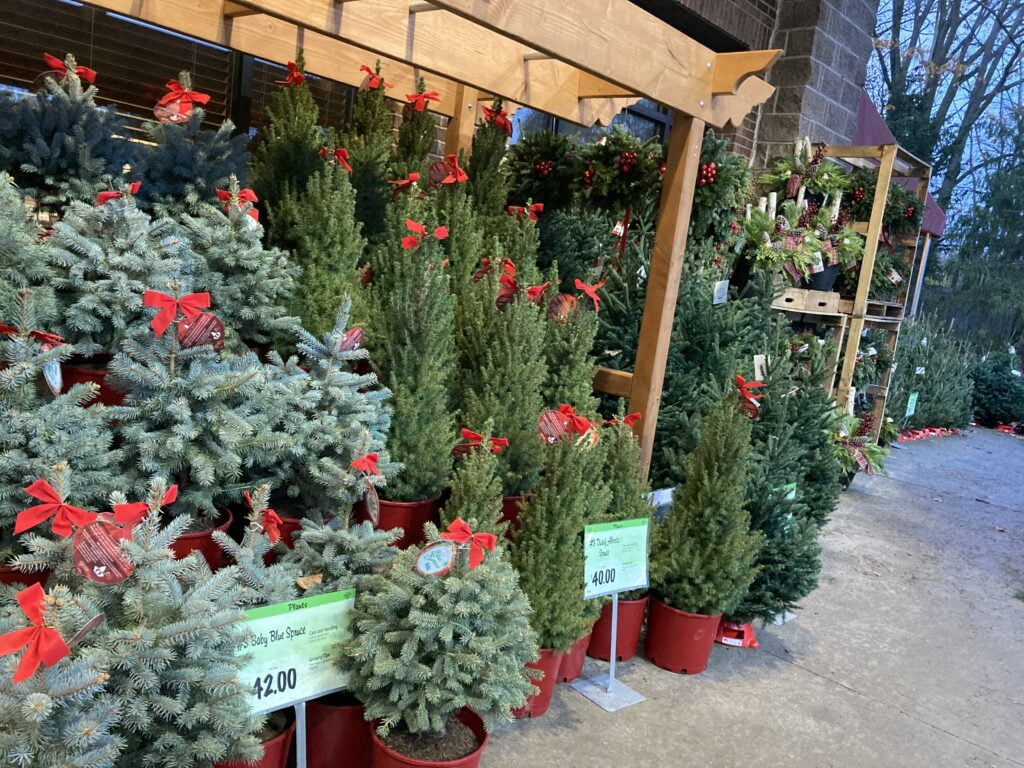
- Cultural and Religious Significance: In Christian traditions, the evergreen tree is often seen as a symbol of eternal life through Jesus Christ. The use of evergreen trees in Christmas celebrations has been documented as far back as the 16th century.
- Familial Bonds and Memories: For many families, choosing and decorating a real Christmas tree is a cherished annual event. It creates opportunities for bonding, making memories, and creating traditions that can be passed down through generations.
- A Connection to Nature: Real trees bring a touch of nature into the home. The scent of pine or fir needles, the feel of the branches, and the sight of a living tree can create a sense of closeness to the natural world.
- Local Economy Support: Purchasing a real Christmas tree often supports local tree farms and the communities they serve. This can be especially important in rural areas where tree farming is a significant industry.
- Cultural and Regional Variations: Different types of evergreen trees are used for Christmas around the world, and each has its unique cultural significance. For example, in the United States, popular choices include Douglas fir, Fraser fir, and Scotch pine, while in Europe, the Nordmann fir is a common choice.
- Special Events and Traditions: Many communities host special events like tree-lighting ceremonies, tree farms where families can choose and cut their own tree, and other holiday-related activities centered around the use of real trees.
- Environmental Consciousness: Some people believe that using a real tree is a more sustainable choice, particularly if the tree is sourced from a local, sustainably managed tree farm. These farms grow new trees each year, contributing to a cycle of renewal.
- Overall, the use of real Christmas trees is deeply intertwined with cultural, religious, and familial traditions. For many, the experience of selecting, decorating, and enjoying a real tree is an essential part of the holiday season.
- Supporting Local Businesses: Buying a real tree often supports local tree farms and the communities they serve.
- Biodegradable: Real trees are biodegradable and can be recycled into mulch or composted after the holiday season.
- Renewable Resource: Christmas tree farms grow new trees each year, providing a sustainable source of holiday cheer.
- Purchasing Options: You can choose from a variety of species and sizes, allowing for customization to your preferences.
- Temporary Carbon Sink: While growing, a Christmas tree absorbs carbon dioxide, helping to mitigate climate change.
Common types of Real Christmas trees along with their distinguishing features:
- Fraser Fir (Abies fraseri)Features:

- Needle Color: Dark green with silvery undersides.
- Needle Length: Short, flattened needles.
- Shape: Pyramid-shaped, with sturdy branches.
- Fragrance: Pleasant, subtle scent.
- Needle Retention: Excellent.
2. Balsam Fir (Abies balsamea)

Balsam fir
Features:
- Needle Color: Dark green.
- Needle Length: Short, flat needles.
- Shape: Dense and symmetrical, with a classic Christmas tree shape.
- Fragrance: Strong, pleasant scent.
- Needle Retention: Good.
3. Douglas Fir (Pseudotsuga menziesii)

Features:
- Needle Color: Dark green or blue-green.
- Needle Length: Soft, short needles.
- Shape: Full, bushy appearance with a classic Christmas tree shape.
- Fragrance: Mild, sweet scent.
- Needle Retention: Good.
4. Scotch Pine (Pinus sylvestris)
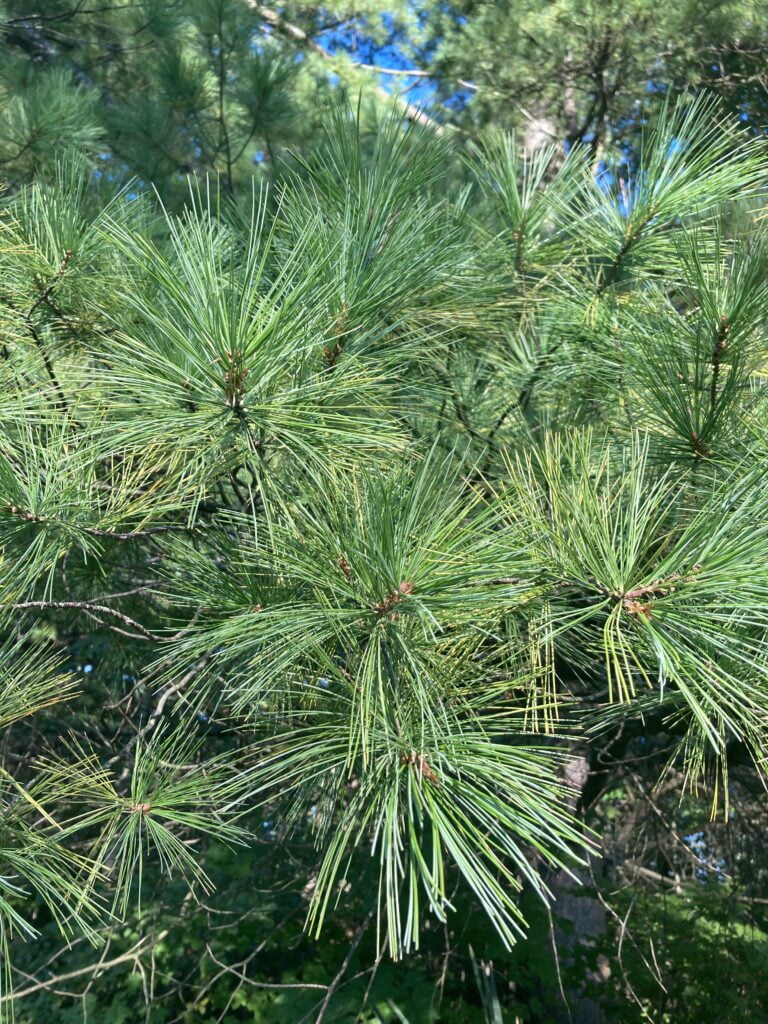
Features:
- Needle Color: Bright green.
- Needle Length: Short, stiff needles.
- Shape: Classic conical shape with sturdy branches.
- Fragrance: Mild, resinous scent.
- Needle Retention: Very good.
5. White Pine (Pinus strobus)

Eastern White pine
- Features:
- Needle Color: Soft, bluish-green needles.
- Needle Length: Long, flexible needles.
- Fragrance: Mild, delicate scent.
- Shape: Soft, feathery appearance.
- Needle Retention: Excellent.
5. Norway Spruce (Picea abies)

Features:
- Needle Color: Dark green, sharp needles.
- Needle Length: Short, sharp needles.
- Shape: Classic conical shape.
- Fragrance: Earthy, slightly pungent scent.
- Needle Retention: Fair.
6. Blue Spruce (Picea pungens)

Baby Blue Spruce (Picea pungens).
- Features:
- Needle Color: Bluish-gray or silvery-blue needles.
- Needle Length: Stiff, sharp needles.
- Shape: Unique and striking blue hue with a classic conical shape.
- Fragrance: Resinous, with a hint of citrus.
- Needle Retention: Good.
7. Virginia Pine (Pinus virginiana)
- Features:
- Needle Color: Dark green needles.
- Needle Length: Short, twisted needles.
- Shape: Irregular, more natural appearance.
- Fragrance: Sweet, somewhat fruity scent.
- Needle Retention: Good.
- Norfolk Pine (Araucaria heterophylla):

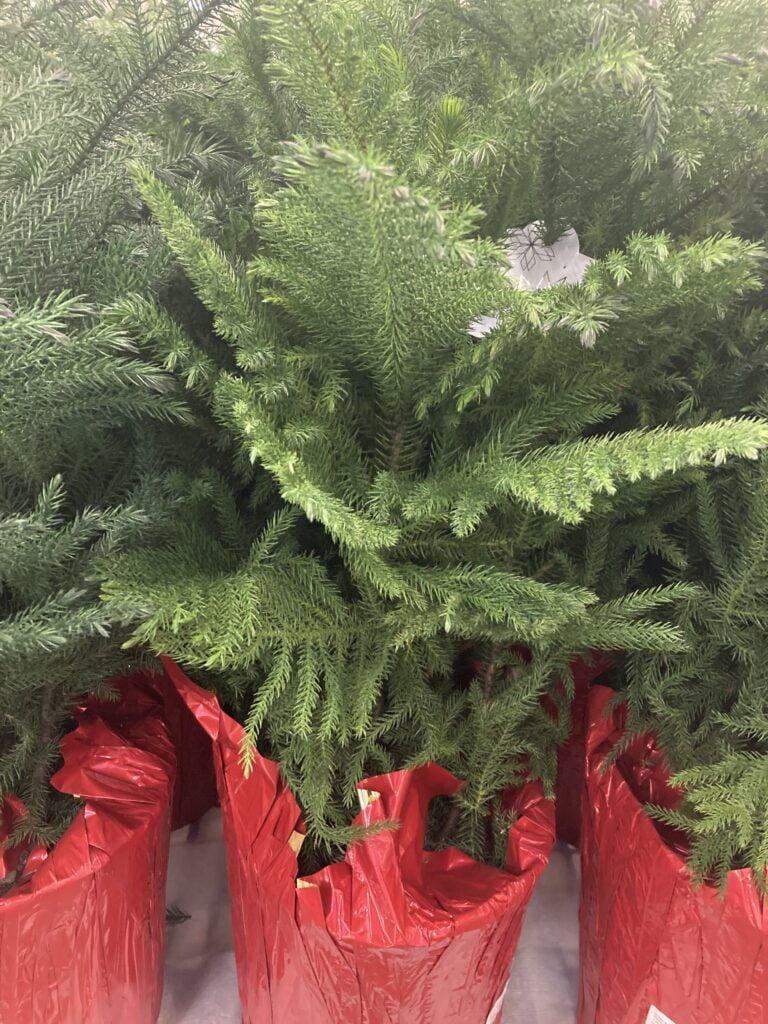
- Botanical Information:
- The Norfolk Pine is not a true pine but belongs to the Araucariaceae family.
- It is native to Norfolk Island in the Pacific Ocean.
- Appearance:
- It has a distinctive symmetrical shape with tiered branches, resembling a Christmas tree.
- The needle-like leaves are arranged in spirals around the branches.
- Cultivation:
- Norfolk Pines are often grown as ornamental houseplants or as landscape trees in regions with a mild climate.
- They prefer well-draining soil and are sensitive to frost.
- Indoor Use:
- Norfolk Pines are popular as indoor Christmas trees due to their festive appearance.
- They require bright, indirect light when grown indoors.
- Size:
- In its natural habitat, Norfolk Pines can grow up to 200 feet (60 meters) tall, but when cultivated as a houseplant, they are usually much smaller.
Keep in mind that individual trees may have variations within their species, and personal preferences play a significant role in choosing the perfect Christmas tree.
Key things to consider when buying Real Christmas Trees
- Maintenance: They require regular watering to stay fresh, which can be a daily task.
- Watering: Ensure the tree always has an ample water supply. A freshly cut tree can consume a lot of water, especially in the first few days.
- Tree Stand: Use a sturdy tree stand that can hold enough water for the size of the tree. The stand should have a water reservoir, and the base of the tree trunk should be freshly cut before placing it in the stand.
- Placement: Keep the tree away from heat sources like radiators, fireplaces, or heating vents. Also, avoid placing it in direct sunlight.
- Temperature: Maintain a comfortable room temperature. Avoid extreme heat or cold.
- Lights: Use LED lights, as they generate less heat. Make sure the lights are in good condition and do not have frayed wires.
- Inspect for Pests: Check the tree for any signs of pests, like insects or spiders. They can sometimes hitch a ride into your home.
- Needle Drop: Some needle drop is normal, especially as the tree adjusts to its new environment. However, excessive needle drop could be a sign of inadequate watering.
- Trimming: Prune any dead or damaged branches. This can help maintain the tree’s overall health and appearance.
- Clean-up: Regularly vacuum around the tree to remove fallen needles and debris. This also helps prevent potential fire hazards.
- Safety Measures: Make sure your tree is properly secured in its stand to prevent it from falling over. If you have pets, consider using a barrier or deterrent to keep them away from the tree.
- Avoid Overloading: Don’t overload the tree with heavy ornaments or decorations, as this can stress the branches and potentially cause breakage.
- Check Water Levels Daily: Especially in the first few days, check the water level daily and top it up as needed. A drying tree can become a fire hazard.
- Dispose of Responsibly: When it’s time to take down the tree, consider recycling it if possible. Many communities have programs for recycling Christmas trees.
- Consider an Alternative: If you want a lower-maintenance option, consider an artificial tree. They don’t require watering and can be reused for several years.
- Remember, a well-maintained live Christmas tree can bring joy and beauty to your holiday season. Taking the time to care for it properly will ensure it stays fresh and safe throughout the festive period.
2. Allergies
Some people may be allergic to the pollen or mold associated with real trees.
- Pollen: Live Christmas trees, such as fir, spruce, and pine, can release pollen into the air. This pollen can trigger allergies in sensitive individuals.
- Mold: Mold spores can thrive on live trees, especially if they were cut a while before being brought indoors. The warm and dry conditions inside your home can encourage mold growth.
- Tree Sap: Some people may be sensitive to the sap or resin produced by live trees.
- Pesticides and Fungicides: Live Christmas trees may have been treated with pesticides or fungicides, which can cause allergic reactions in some individuals.
- Insects: Live trees can sometimes harbor insects or their eggs, which can trigger allergies in some people.
If you or someone in your household is experiencing allergies related to Christmas trees, here are some steps you can take to reduce the allergen exposure:
- Choose an Artificial Tree: If you suspect pollen, mold, or other organic matter is causing the allergy, consider using an artificial tree. Be sure to clean it thoroughly before setting it up.
- Inspect Live Trees: If you prefer live trees, inspect them for signs of mold or insects before bringing them indoors.
- Shake the Tree: Before bringing a live tree inside, give it a good shake to remove loose pollen, mold spores, and debris.
- Wash or Wipe Down Artificial Trees: If you’re using an artificial tree, clean it with a damp cloth to remove any accumulated dust or mold.
- Consider Allergy Medications: If allergies persist, over-the-counter antihistamines or nasal corticosteroids may provide relief. Consult a healthcare professional for advice.
- Proper Ventilation: Ensure good ventilation in your home to help reduce indoor allergens.
- Use an Air Purifier: An air purifier with a HEPA filter can help remove allergens from the air.
- Keep the Tree Well-Hydrated or Use a Tree Stand with Water: If you choose a live tree, keeping it well-hydrated can help reduce pollen and mold release.
If allergies persist or worsen, consult a healthcare professional. They can provide specific advice and recommend appropriate treatments based on the individual’s allergies and symptoms.
3. Needles and mess
Real trees shed needles, which can be a bit messy, especially towards the end of the season.
4. Limited Availability
Depending on where you live, real trees may not be as readily available, and the selection could be more limited.
Fake Christmas Tree center piece of Christmas
A fake Christmas tree, also known as an artificial Christmas tree, is a man-made imitation of a natural evergreen tree typically used as a decoration during the Christmas season. These artificial trees are designed to resemble real coniferous trees, such as pine, spruce, or fir, and are used as a centerpiece for holiday festivities.
Fake Christmas trees are typically made from a variety of materials, including PVC (polyvinyl chloride), PE (polyethylene), or a combination of both. They come in various sizes, shapes, and colors, and they can be pre-lit with artificial lights for added convenience.
Benefits of a fake Christmas tree
A fake tree or Artificial trees offer several benefits when it comes to durability and reusability. Here are some key points to consider:
Durability and Reusability:
- Long Lifespan: Artificial trees are designed to last for many years, often ranging from 5 to 20 years or more, depending on the quality of the materials used.
- Cost-Effectiveness: Despite the initial higher upfront cost compared to live trees, artificial trees can be more cost-effective in the long run because they do not need to be replaced every year.
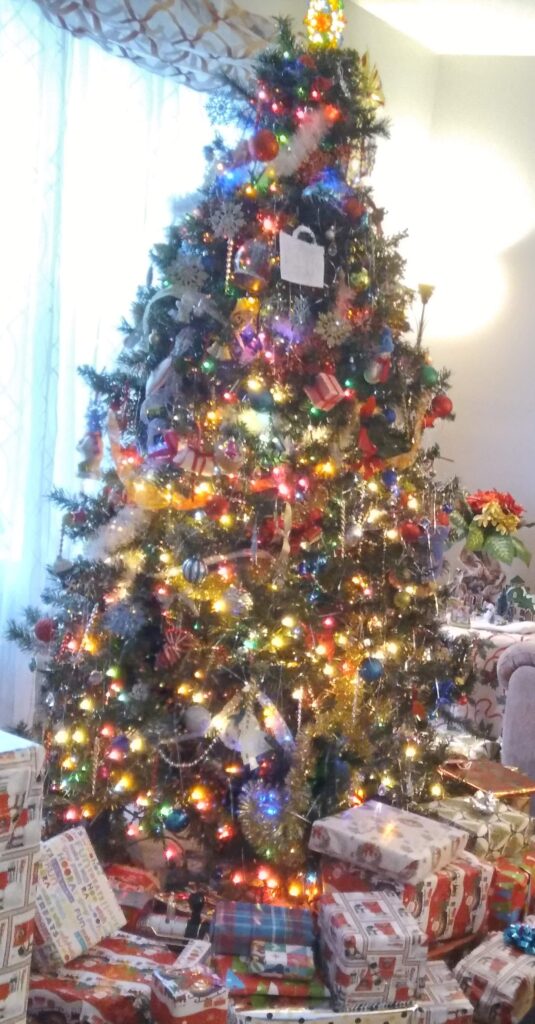
- Reduced Environmental Impact: By using an artificial tree for multiple years, you reduce the demand for live trees, which helps conserve natural resources. Additionally, the production and transportation of artificial trees typically have a lower environmental impact than that of live trees.
- Low Maintenance: Artificial trees require minimal maintenance compared to live trees. They don’t need to be watered, and they don’t shed needles or leaves, reducing the time and effort required for upkeep.
- Consistent Appearance: Artificial trees maintain their appearance throughout the holiday season, without wilting or drying out. This ensures a consistently festive atmosphere.
- Customization: Artificial trees come in a wide variety of styles, sizes, and colors. This allows you to choose a tree that fits your space and design preferences perfectly.
- Less Allergenic: Live trees can trigger allergies in some individuals due to pollen, mold spores, or fragrances. Artificial trees, being made of non-organic materials, are less likely to cause allergic reactions.

- Storage and Transportation: Artificial trees can be disassembled and stored compactly, making them easier to transport and store compared to live trees, which can be bulky and cumbersome.
- Versatility: Once the holiday season is over, artificial trees can be repurposed for other occasions or events. For example, they can be used for themed parties, weddings, or other celebrations.
- Reduced Fire Hazard: Artificial trees are typically made from fire-resistant materials, reducing the risk of fire compared to live trees, which can dry out and become more flammable over time.
- Less Impact on Forests: The demand for live Christmas trees can lead to deforestation if not managed sustainably. By choosing an artificial tree, you help reduce the pressure on natural forests.
- Reduced Waste: Live trees are often discarded after the holiday season, contributing to waste. Artificial trees, on the other hand, can be used for many years, reducing the overall waste generated.
Remember that while artificial trees have their advantages, it’s also important to consider factors like the environmental impact of their production and eventual disposal. Opting for high-quality, durable artificial trees made from eco-friendly materials can further enhance their sustainability.
Convenience:
They require no watering, and setup is usually straightforward.
- Reusable: You can use the same tree year after year, which saves money in the long run compared to buying a real tree each season.
- Low Maintenance: Fake trees don’t require watering, trimming, or any special care. They also don’t shed needles, which means less cleanup.
- Allergy-Friendly: For those with allergies, artificial trees don’t carry pollen or other allergens that real trees can harbor.
- No Mess: Real trees can leave a trail of needles and sap, which can be a hassle to clean up. Fake trees eliminate this issue.
- Customizable: You can choose a tree that fits your space and style preferences, whether it’s pre-lit, flocked, or a specific color.
- Pre-Lit Options: Many fake trees come pre-strung with lights, which saves you time and effort in decorating.

- Easy to Transport: Artificial trees can be disassembled and stored in a compact box, making them easy to move and store.
- Safety: Fake trees don’t dry out, reducing the risk of fire hazards associated with real trees.
- Availability: You can purchase a fake tree at any time of the year, regardless of the holiday season.
- Environmental Considerations: While the production of artificial trees does have an environmental impact, the fact that they can be reused for many years can make them a more sustainable option in the long term compared to chopping down a new tree each year.
- No Need to Water: Real trees need to be regularly watered to keep them fresh. Artificial trees require no water, which can be a significant time-saver.
- Versatility: You can experiment with different tree styles and sizes without the constraints of what’s available at a tree farm.
- Durability: Artificial trees are designed to last for many years, and they won’t dry out, wilt, or lose needles.
- Cost-Effective: While the initial investment may be higher, the long-term cost of using a fake tree can be lower than buying a real tree each year.
- Less Environmental Impact: If you’re concerned about deforestation or the carbon footprint associated with cutting down real trees, using a fake tree can alleviate some of these concerns.
Allergen-Free
Artificial trees do not produce pollen or mold, making them a good choice for those with allergies. Look for artificial trees made from hypoallergenic materials, such as PVC (polyvinyl chloride), which is less likely to trigger allergies compared to other materials.
Customizable
Customizable fake Christmas trees come in various styles and sizes to suit different preferences and spaces. Here are some types of customizable fake Christmas trees:
- Pre-lit Trees: These trees come with built-in lights that you can customize in terms of color, brightness, and pattern. Some even have options for different lighting effects like twinkling or fading.
- Multi-Color Lights: These trees have lights that can change between different colors. You can customize the sequence or set them to stay on a particular color.
- Remote-Controlled Trees: These trees come with a remote control that allows you to adjust settings like lights, patterns, and sometimes even the shape of the branches.
- Fiber Optic Trees: These trees use fiber optic strands to create a dynamic lighting effect. They often come with a color wheel or remote control for customization.
- Adjustable Branches: Some fake trees have branches that can be manipulated and arranged to create a custom look. This allows you to change the overall shape and fullness of the tree.
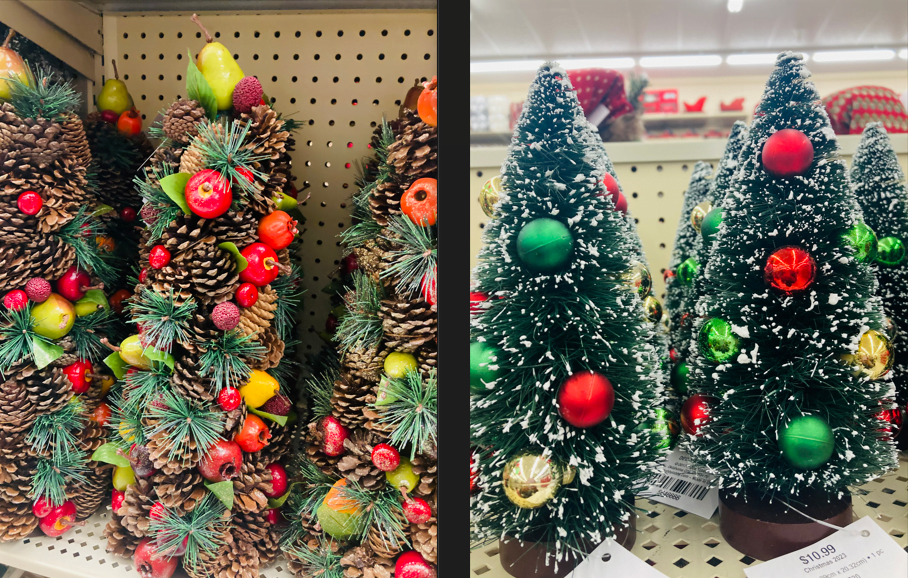
Modular Trees: These trees are made up of detachable sections or layers that you can customize in terms of arrangement and density. This allows for a high degree of personalization.
Flocked Trees: Flocked trees have a layer of artificial snow or frost on the branches, which you can customize in terms of thickness and distribution.
Rotating Trees: Some trees come with a rotating base, allowing you to display ornaments and decorations more effectively. You can control the rotation speed.
Collapsible Trees: These trees can be collapsed or folded for easy storage. They often come with customizable elements like detachable branches.
Artificial Pine Needle Types: Different models of fake trees have different types of artificial needles (e.g., PVC, PE, or a combination). You can choose the one that looks most realistic or suits your preference.
Customizable Ornaments: While not part of the tree itself, some manufacturers offer a range of customizable ornaments and decorations that can be used with their trees.
Variable Height Trees: Some trees have sections that can be adjusted in height, allowing you to choose the overall height of the tree.
Remember to always follow the manufacturer’s instructions when customizing your fake Christmas tree, especially when it comes to lighting and electrical components.
Less Mess
They do not shed needles, which can make for easier clean-up.
Considerations for Fake Trees:
- Non-Biodegradable: Most artificial trees are made of non-biodegradable materials like plastic and metal.
- Initial Cost: They can be more expensive upfront compared to a single purchase of a real tree, although they can be more economical over time.
- Less Authentic: Some people find fake trees less authentic and miss the natural aroma of real trees.
- Storage Space: Artificial trees need to be stored when not in use, which can be a consideration for those with limited storage space.
Ultimately, the decision between a real and fake Christmas tree is a personal one and should take into account your values, lifestyle, and preferences. If environmental concerns are a significant factor for you, you might also look into options for recycling or repurposing real trees in your area.

